
Takeoff and landing drills were recently held at an airport in southwest China. About 100 fighter jets of 10-plus types participated in the drill.
"'Dual-runway' means that an airport has two runways used for aircraft takeoff and landing, which is the first time in the history of air force airports," said Zhan Houshun, commander in chief and assistant commander of the air force in Chengdu Military Region. In the past, the air force airports had only one runway to guarantee the simultaneous combats and training tasks of a few types of fighter jets. Now, the dual-runway airport can not only guarantee the flight of fighter jets in service but also meet the requirements of takeoff and landing of domestic civil aircraft of all models.
On the scene of exercises, 12 aircraft conducted takeoff and landing in turn on the dual-runway airport in just 10 minutes. On the tarmacs of eastern and western sides of the airport, more than 200 vehicles and hundreds of officers and soldiers have prepared for the takeoff and landing of various types of aircraft. The drill site looked rigorous and orderly.
Zhang Feiran, director of the oil supply office under the Chengdu Military Region's naval logistics department, said that the launch of "dual runways" is a new test of the logistics department's capability. The drill lasted more than five hours, but used four times as much oil as the airport did in one day. The office built two oil supply centers and a straight pressure refueling system for the two runways, and conducted information technology-based real-time monitoring throughout the drill, in order to ensure rapid and accurate refueling operations.
"The launch of 'dual runways' forces us to change logistic concepts and improve logistic services," said Zhang Hong, head of an air force station who participated in the drill. Dual runways require double workload, but the number of logistics staff and facilities has not increased two-fold. Therefore, air force stations must streamline logistic procedures, improve their services, and enhance the abilities of their staff.
Fang Dianrong, commander of the Chengdu Military Region's naval force, said that the purpose of the drill was to explore new ways of building, operating, and managing comprehensive logistic bases for multiple types of aircraft, find the weak links in capacity-building, and increase the military's ability to win local wars using information technology.

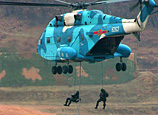
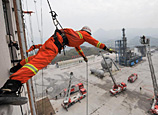
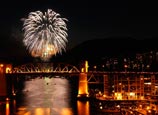
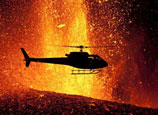



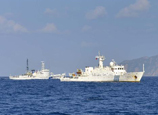






 Spectacular images of erupting volcanoes
Spectacular images of erupting volcanoes


![]()
